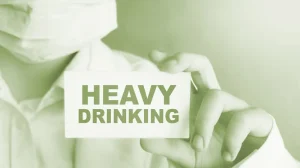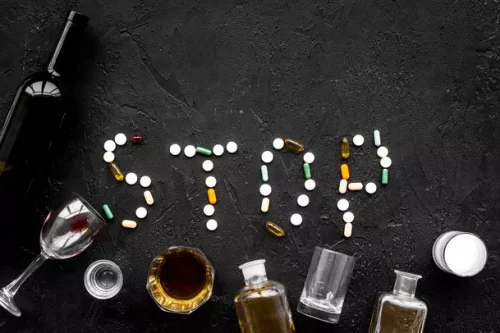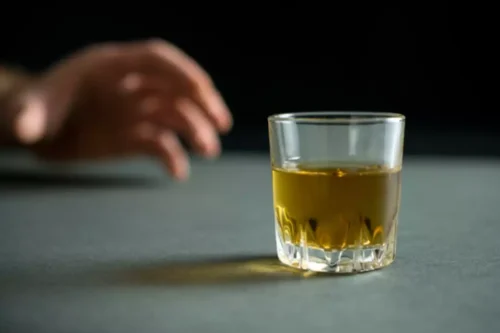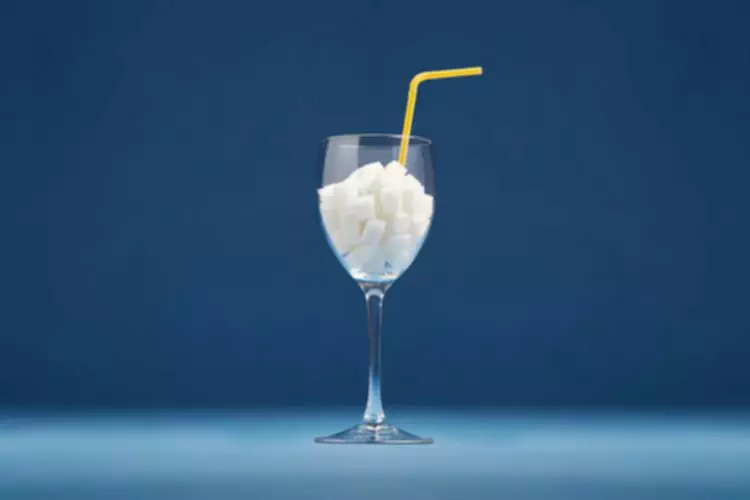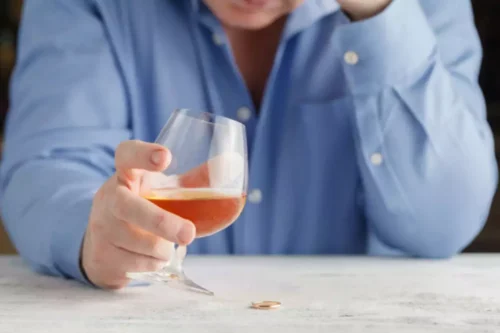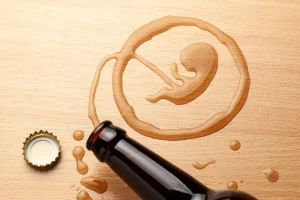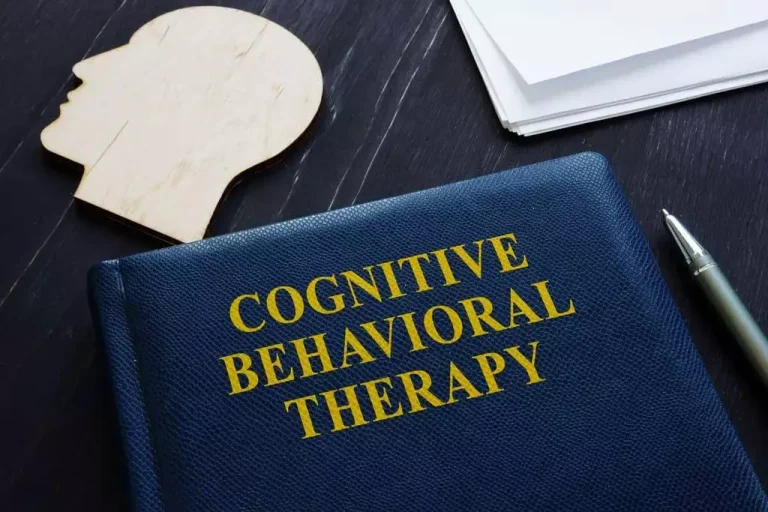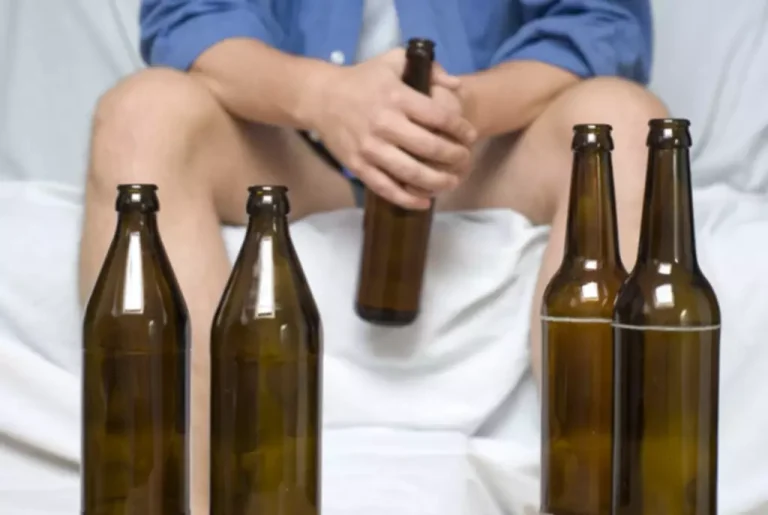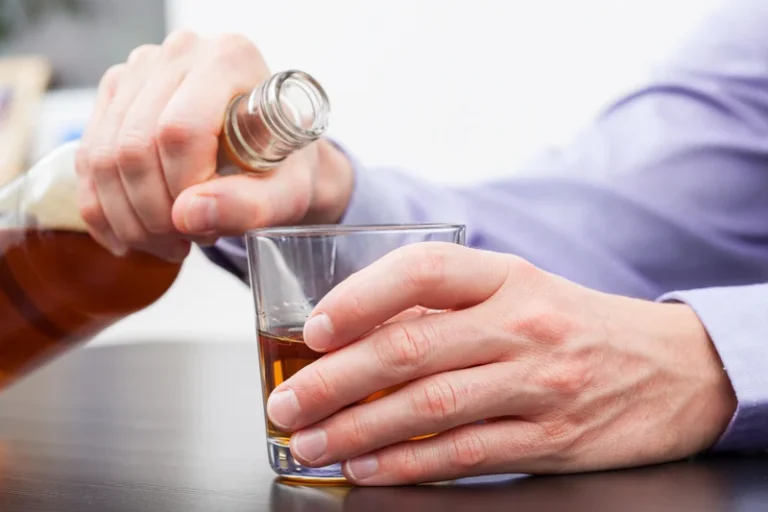Tharros offers an extensive and flexible peer support program to helps clients navigate important changes and decisions. Our team provides support to ongoing clinical work as part of that process. At Teras, we offer structured sober living with flexible structure to meet the needs of those returning to family, work, school, or other commitments.
Teras, our flexible structure home, offers a lower cost model for those ready to return to work, and who have their own transportation. At Teras, clients work with their on-site case manager and our vocational coach to develop a recovery fellowship and engage work. Clients of Teras may also be involved in outpatient treatment while they develop a foundation in their recovery work, and apply to work positions. After 30 days, clients are expected to be employed while they continue progress in their recovery work. They continue to meet with their case manager weekly and participate in community support activities. Teras, also located in Lexington MA, offers a less structured, but still supportive model of high standards sober living.
Clients also learn life skills through one on one mentoring and fun events, like cooking with exceptional private chefs! Also included, our community offers activities, like weekend rock climbing, golf, and basketball. On Saturdays, clients can participate in engagement activities, like trampoline dodgeball, go-kart racing, and escape room challenges. We provide opportunities for meaningful development of community and positive social connection through these experiences and more.
- We fit in between what you’d find at a clinical extended care program and very supportive recovery home.
- The proper support, combined with a safe environment and first hand know-how will guide you to experience a new way of being and behaving.
- At Teras, we offer structured sober living with flexible structure to meet the needs of those returning to family, work, school, or other commitments.
- At Victory Programs, we want to help you achieve your life goals and long-term sobriety with the tools and foundation you’ve already acquired.
- Our team connects with each client’s clinical providers to help understand what supports are needed before he arrives at Tharros.
- Our support program will afford you support while you mend relationships with family and friends.
CONTACT SOBER LIVING NEAR YOU’S SPONSORED HOTLINE
Whatever your primary treatment method, you’ve had a great start because your body is now free of alcohol and drugs. We want to help you transition to a fulfilled and enjoyable life in sobriety. We have experience helping clients achieve success and every decision we’ve made in the development and management of Victory Programs centers around your success. At Tharros, we offer semi-private to fully private ensuite accommodation. Victory Programs is a private peer program which is not affiliated with any state or federal offerings. Testimonials are available on our site, and we are happy to connect you with families and past clients who can share their experience with you.
Why Victory Programs?
All client guest rooms at Tharros are equipped with queen sized Serta Presidential Euro-top premium mattresses and high thread count linens. With 24/7 management and support, we can help you find an appropriate job, connect with the recovery community through volunteer opportunities and activities, find the right treatment resources, and build a foundation in sobriety. Learning to live a happy life free of alcohol and drugs takes time, but you can do it if you want to. When you arrive at the house, you will undergo an initial discussion and orientation with the Program Director, including a dialogue on the past events that led you here. Together, we will start discussing what you want to achieve by engaging the support at Tharros.
New England Recovery Associates
If you have many outside commitments, or are ready to return to work, Teras can be a good entry point directly from treatment. For others, after 1-6 months at Tharros, clients may choose to transition to Victory Programs Review Teras. With a focus on holistic wellness, Victory Programs provides a range of services and amenities designed to promote mindfulness and self-care. If you are seeking drug and alcohol related addiction rehab for yourself or a loved one, the sponsored hotline is a confidential and convenient solution.
We Also Offer Less Structured Sober Living
Leaving a residential, inpatient, or outpatient treatment environment is often more challenging than expected. You’ve changed, but the people, places, and things around you haven’t. Some of the same triggers you had before can be reactivated and we recognize how frustrating and upsetting that can be. Tharros offers significantly more than a traditional sober living. We fit in between what you’d find at a clinical extended care program and very supportive recovery home. Each individual is supported to make his own choices in his recovery.
There are general rules of the house that everyone is required to follow. However, experience has shown us, not every person with an addiction or alcoholism is the same. Our program isn’t cookie cutter; we want to get to know you and help ensure that you have what is necessary for you to achieve your goals. We help you see, what it is about you, you may have a hard time seeing. At Victory Programs, you can expect to meet other male residents who are committed to their sobriety, have completed some form of primary treatment, and pass regular unannounced breathalyzer and urine tests. Our community offers extensive structure, much of which is optional.
Teras does not provide transportation, but you may have a car, and ubers are readily available.
